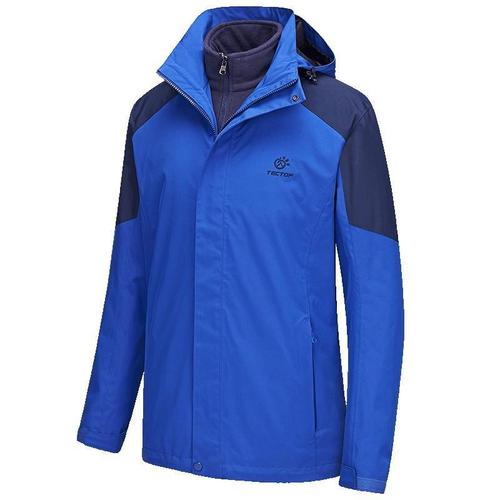Chinese traditional clothing is a treasure of Chinese culture and has experienced a long process of development and change. The following are some important aspects about the evolution of traditional Chinese clothing:
1. Ancient clothing: In ancient China, clothing was a symbol of status and status. Early clothing was mainly brown or black. With the progress and development of society, clothing gradually became richer. From the gorgeous dresses of the Zhou Dynasty to the crown-dressing garments of the Qin and Han dynasties, ancient costumes gradually formed unique styles and characteristics.
2. Tang and Song Dynasties: The Tang and Song Dynasties were a peak stage in the development of Chinese traditional clothing. The clothing of the Tang Dynasty focused on looseness and comfort. Women liked to wear robes, wide sleeves and gorgeous hair accessories. The clothing of the Song Dynasty placed more emphasis on the distinction between identity and status. Men wore pleated skirts, double-breasted robes and boots, while women wore underskirts and short jackets.
3. Ming and Qing Dynasties: During the Ming and Qing Dynasties, the form and style of clothing underwent great changes, especially in the Qing Dynasty. The costumes of the Qing Dynasty placed more emphasis on feudal etiquette. Men wore robes, undershirts and boots, while women wore cheongsams and silk skirts. At the same time, palace costumes have also become the leader of fashion trends and have had a certain impact on the clothing styles of ordinary people.
4. Modern period: With the development of modernization, Chinese traditional clothing has experienced a process of gradual decline. The introduction of Western clothing and the influence of modernization** caused traditional clothing to be gradually replaced by Western clothing in the early 20th century. However, in contemporary society, more and more people are beginning to value and pursue traditional Chinese clothing, promoting the revival and innovation of traditional clothing.
5. Integration of tradition and modernity: Today’s traditional Chinese clothing is no longer limited to ancient styles and forms, and has more modern designs. and improvements. On the basis of retaining traditional elements, designers combine traditional clothing with fashion trends through innovations in material selection, tailoring and accessories, creating unique and modern works.
In short, Chinese traditional clothing has experienced a long period of development and change. From ancient gorgeous dresses to modern innovative designs, each era presents different styles. style and character. They are not just a kind of clothing, but an important part of Chinese culture. The fusion of tradition and modernity makes traditional Chinese clothing still have unique significance and value in contemporary society.





